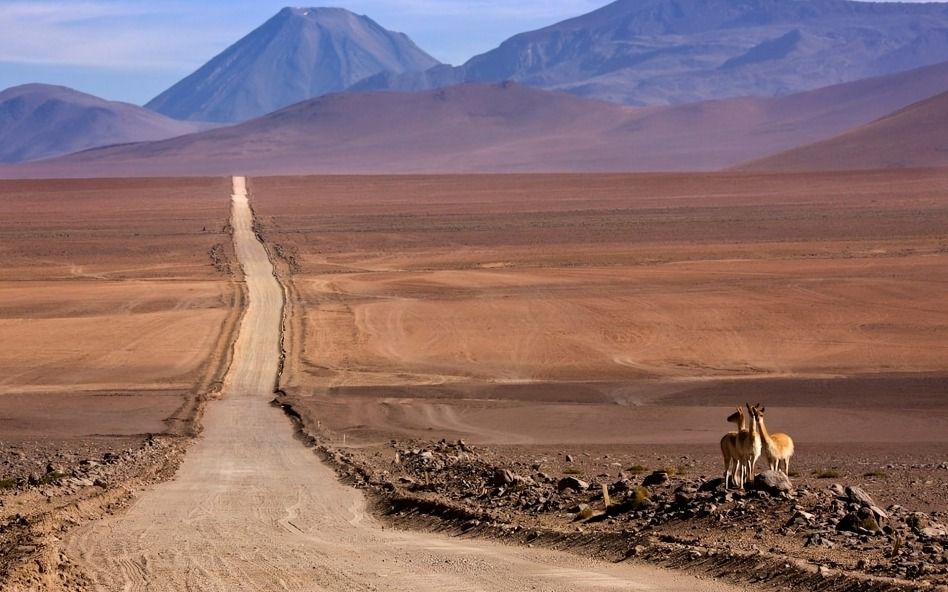
“
Rain is a vital part of our planet's ecosystem, playing a crucial role in the water cycle and supporting life. From the process of evaporation to the eventual formation of rivers and lakes, rain is both a fascinating and essential phenomenon. In this blog, we'll explore 20 interesting facts about rain, shedding light on its formation, impact, and importance.1
1
”
Rain starts when water evaporates from oceans, rivers, and lakes due to the sun's heat. This vapor rises into the atmosphere, cools, and condenses into tiny droplets that form clouds. 1
Plants contribute to the rain cycle by releasing water vapor through tiny openings in their leaves, a process known as transpiration. This added moisture, combined with evaporation, helps in cloud formation and eventually leads to rain. 2
As water vapor ascends and cools in the atmosphere, it condenses around particles like dust and pollen, forming tiny droplets. These droplets gather together to create clouds, which eventually lead to precipitation. 3
Unlike the tear-shaped droplets often imagined, raindrops are actually small, flattened spheres. This shape results from air resistance as the droplets fall through the atmosphere, altering their original round form. 4

The Atacama Desert, spanning northern Chile and southern Peru, is Earth's driest place, receiving just 0.019 inches (0.5 millimeters) of rain annually. NASA and Guinness World Records both recognize it as the driest non-polar desert globally.
Acid rain forms when pollutants like sulfur dioxide and nitrogen oxides mix with rainwater. This type of precipitation can harm ecosystems, including plants and aquatic life, and damage infrastructure due to its corrosive effects. 5
Raindrops vary in size from a few millimeters to several millimeters in diameter. The size depends on cloud conditions; larger droplets often break up into smaller ones as they fall through the atmosphere. 6
The World Meteorological Organization reports that the highest recorded rainfall in one minute is 31.2 millimeters (1.23 inches). This measurement was taken with a rain gauge in Unionville, Maryland, USA, on July 4, 1956. 7
The distinctive "earthy" smell of rain, known as petrichor, comes from the ground's moisture and actinobacteria, which produce geosmin. This scent is released into the air as aerosols when raindrops hit the surface, making it detectable by our noses.8
Rainwater that doesn't soak into the ground becomes runoff, flowing over surfaces into streams and rivers. This runoff eventually reaches lakes and oceans, playing a significant role in the water cycle and distribution. 9
An average raindrop weighs only 0.001 ounces (0.034 grams), much lighter than an eyelash. Despite the term "heavy rain," it doesn't refer to the raindrop's weight, as each drop is incredibly small and light, according to Union University. 10
It takes approximately 2 minutes for a raindrop to travel from the clouds to the ground. This time can vary depending on the raindrop’s size, cloud altitude, and atmospheric conditions influencing its descent. 11
Running quickly in heavy rain can actually keep you drier than walking. This is because you'll spend less time exposed to the rain, reducing the overall amount of water that hits you compared to a slower, longer walk. 12
Rainwater can cause soil erosion by carrying sediments into rivers and lakes. Over time, this process shapes landscapes and creates fertile floodplains, although it can also result in habitat loss and other environmental impacts. 13

The rainiest place in the world is Mawsynram, located in the Indian state of Meghalaya. This village experiences the highest annual rainfall globally, averaging around 467 inches (11,871 millimeters), making it the wettest location on Earth.
Wetlands are vital ecosystems maintained by rainwater. They act as natural water filters, support a diverse range of plant and animal species, and serve as buffers against floods, making them crucial for ecological health. 14
Small raindrops can take up to seven minutes to reach the ground, while larger raindrops may fall in as little as two minutes. The time it takes depends on the size of the raindrop and atmospheric conditions. 15
Under certain conditions, rain can evaporate before hitting the ground, creating "phantom rain." This results in Virga clouds, which look like wisps or tails extending downward from clouds like Cirrocumulus or Nimbostratus. 16
The record for the highest rainfall in a calendar month is 9,300 mm (366 in), recorded at Cherrapunji, Meghalaya, India, in July 1861. Additionally, the 12-month rainfall record of 26,461 mm (1,041.75 in) was also set there. 17
Rainfall intensity is measured in millimeters per hour using rain gauges. This data helps understand precipitation patterns, which is crucial for water resource management, forecasting, and studying climate and weather changes. 18


